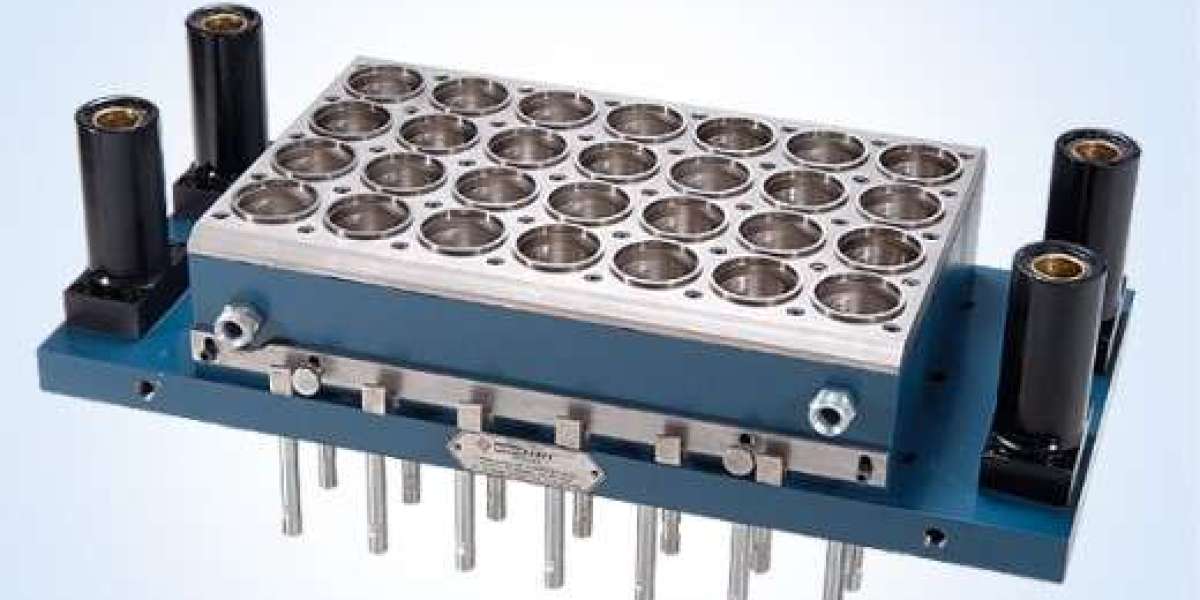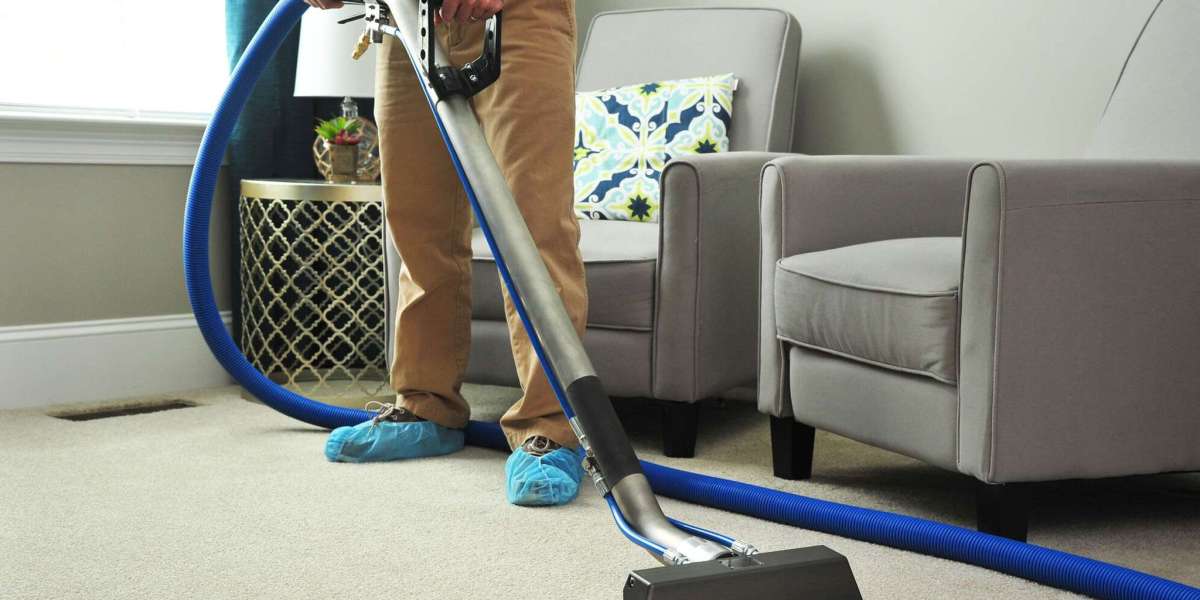From Prototype to Production: The Thermoforming Mould Development Process Explained
Thermoforming is a cornerstone of modern manufacturing, providing a versatile, cost-effective method for producing high-quality plastic products. At the heart of this process lies the Thermoforming Mould, a critical tool that shapes plastic sheets into precise, functional, and aesthetically appealing components. Understanding how a thermoforming mould evolves from a conceptual prototype to full-scale production is essential for engineers, product designers, and manufacturers seeking efficiency, quality, and innovation in their production lines. This article explores the comprehensive journey of thermoforming mould development, highlighting the crucial steps, best practices, and common challenges.
Understanding Thermoforming and the Role of the Mould
Before diving into the development process, it’s essential to understand what thermoforming is and the role of the mould within it. Thermoforming is a manufacturing technique where plastic sheets are heated until pliable and then shaped over a mould using vacuum, pressure, or mechanical means. The mould serves as the exact negative of the desired final product, guiding the plastic sheet to form perfectly.
The thermoforming mould is not merely a shape template; it dictates the quality, consistency, and efficiency of the production process. Its design impacts cycle times, material usage, and product aesthetics. Consequently, developing an effective mould requires careful planning, material selection, and precision engineering.
Stage 1: Conceptual Design
The journey of a thermoforming mould begins at the conceptual stage. Product designers and engineers collaborate to translate ideas into practical designs that can be manufactured efficiently. Key steps in this stage include:
Understanding Product Requirements: Dimensions, tolerances, material type, surface finish, and production volume must be defined. These specifications influence mould design significantly.
Initial Sketches and CAD Models: Designers create detailed sketches, often in 3D CAD software, to visualize the product and the corresponding mould.
Feasibility Analysis: Before a prototype is made, engineers assess the design for manufacturability. This involves checking wall thickness, draft angles, undercuts, and potential shrinkage or warping of the plastic during the thermoforming process.
The focus of this stage is not only on product functionality but also on ensuring that the mould can be manufactured economically and will withstand repeated use in production.
Stage 2: Prototype Mould Development
Once the design concept is validated, the next step is developing a prototype thermoforming mould. This phase is critical for testing the design in real-world conditions and identifying potential issues before investing in full-scale production.
Material Selection: Prototype moulds are often made from softer, more easily machined materials such as aluminum or epoxy resins. These materials are less expensive and faster to produce than hardened steel used in production moulds.
Rapid Prototyping Techniques: Modern technologies like CNC machining, 3D printing, and vacuum casting allow for the rapid creation of prototype moulds. These techniques accelerate testing and iteration.
Testing and Iteration: The prototype mould is used to produce initial samples. Engineers assess these samples for fit, finish, dimensional accuracy, and mechanical performance. Feedback from these tests informs modifications to both the product design and the mould.
The prototype phase is invaluable because it allows manufacturers to troubleshoot early, saving time and money during full-scale production.
Stage 3: Final Mould Design and Engineering
After successful prototyping, the mould design is finalized. This stage bridges the gap between prototype and production and involves more durable materials and precision engineering.
Material Choice for Production: Production moulds typically use hardened steel or high-grade aluminum alloys to withstand thousands of cycles without deformation. The choice depends on production volume, plastic type, and required surface finish.
Detailed Engineering Drawings: Engineers prepare precise technical drawings, including tolerances, cooling channels, venting systems, and surface finishes. Every detail ensures the mould will perform optimally under production conditions.
Simulation and Analysis: Advanced CAD and CAE software simulate the thermoforming process. Factors such as heat distribution, material flow, and vacuum pressure are analyzed to predict potential defects like thinning, stretching, or warping.
This stage ensures that the final mould is robust, efficient, and capable of producing consistent high-quality parts.
Stage 4: Mould Fabrication
The fabrication stage transforms the detailed design into a tangible thermoforming mould. Precision and quality control are critical during this phase.
Machining: CNC milling, EDM (Electrical Discharge Machining), and grinding are commonly used to shape the mould accurately. The precision of machining directly affects the quality of the final product.
Surface Finishing: Polishing, texturing, or coating the mould surface ensures the desired finish on the thermoformed parts. Smooth surfaces are easier to release from the mould, while textured surfaces add aesthetic or functional features.
Assembly and Integration: Complex moulds may include multiple parts, inserts, or moving components. Proper assembly ensures alignment, functionality, and durability.
Fabrication is where meticulous engineering meets practical execution, and the quality of this phase determines the lifespan and performance of the mould.
Stage 5: Testing and Validation
Once fabricated, the mould undergoes rigorous testing before entering full-scale production.
Trial Runs: Initial production runs are conducted to validate the mould’s performance. Engineers monitor cycle times, temperature control, vacuum efficiency, and product consistency.
Quality Inspection: Dimensional checks, visual inspections, and mechanical testing ensure that the parts meet specifications.
Troubleshooting: Any defects or inefficiencies are addressed through mould adjustments, such as re-polishing surfaces, modifying draft angles, or adjusting venting.
This validation phase ensures that the mould is reliable, efficient, and capable of meeting production targets without excessive downtime.
Stage 6: Production and Maintenance
After successful validation, the mould is ready for full-scale production. However, a thermoforming mould is not a static tool; it requires ongoing care and optimization.
Production Efficiency: Well-designed moulds reduce cycle times and minimize waste. Consistent monitoring ensures optimal performance and prevents costly delays.
Maintenance: Regular cleaning, lubrication, and inspection prevent wear and extend the mould’s lifespan. High-volume production may also require periodic re-machining or resurfacing.
Adaptations for Future Needs: A versatile mould design allows minor modifications for product upgrades, different plastic materials, or changes in surface finishes without creating a completely new mould.
Proper maintenance and monitoring ensure that the mould delivers high-quality products consistently over its lifecycle.
Challenges in Thermoforming Mould Development
Despite careful planning, developing a thermoforming mould comes with challenges:
Material Limitations: Certain plastics are prone to stretching, warping, or inconsistent thickness, requiring careful mould design.
Complex Geometries: Intricate shapes or undercuts can complicate mould design and increase production costs.
Cost Management: High-precision moulds require significant investment. Balancing cost with performance is crucial, especially for low-volume production.
Cycle Time Optimization: Inefficient mould design can result in longer cycle times, increasing production costs and reducing profitability.
Addressing these challenges requires expertise, experience, and a proactive approach to design and testing.
Conclusion
The journey from prototype to production for a thermoforming mould is a meticulous, multi-stage process that blends creativity, engineering precision, and practical manufacturing knowledge. From conceptual design through prototype testing, final engineering, fabrication, and production, each stage is critical to achieving high-quality, reliable, and cost-effective thermoformed products. By understanding this process, manufacturers can reduce errors, optimize efficiency, and deliver superior products consistently.
Thermoforming mould development is more than just creating a tool; it’s a careful orchestration of design, materials, technology, and expertise that ensures every finished product meets the highest standards of quality and performance.














